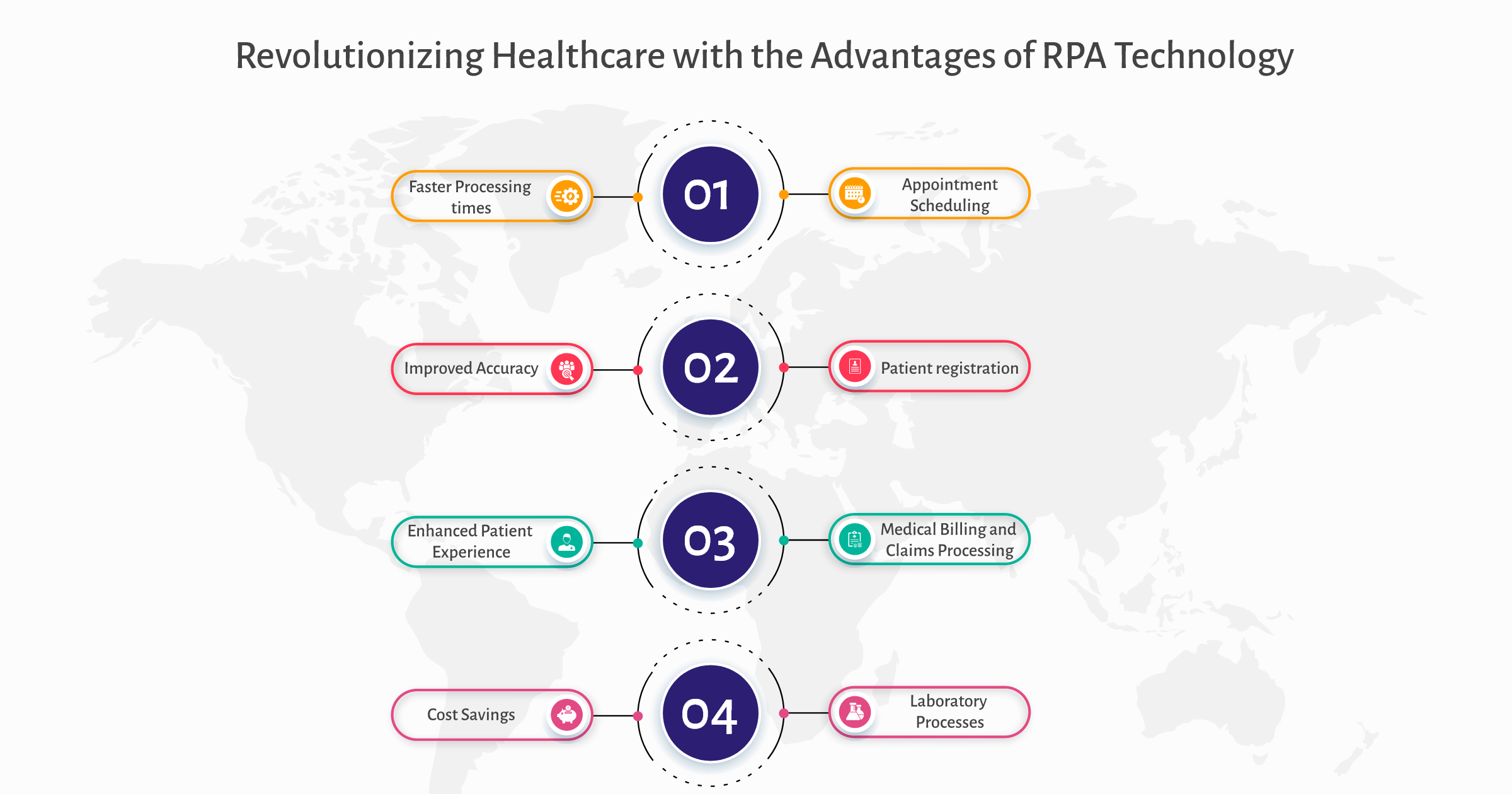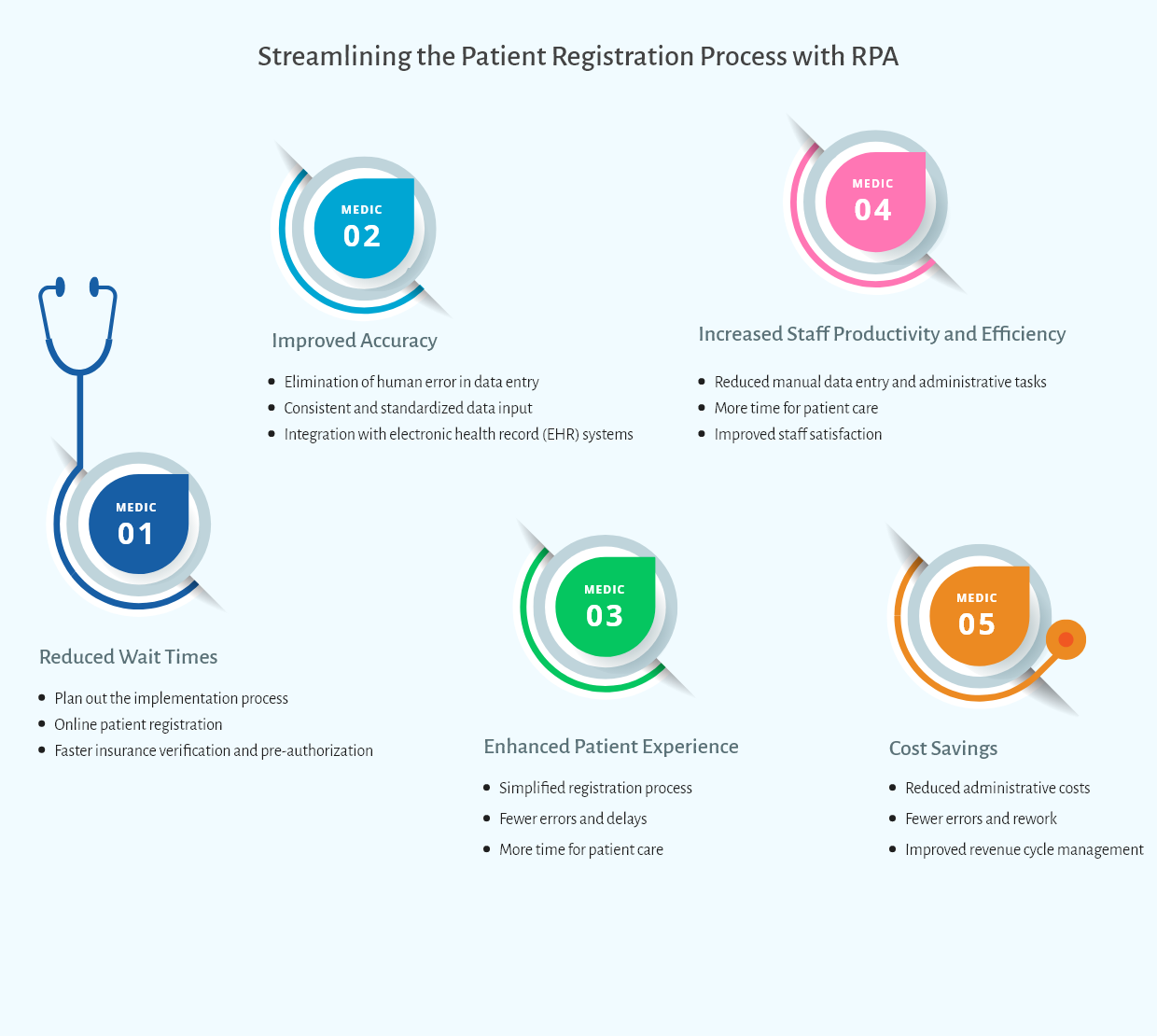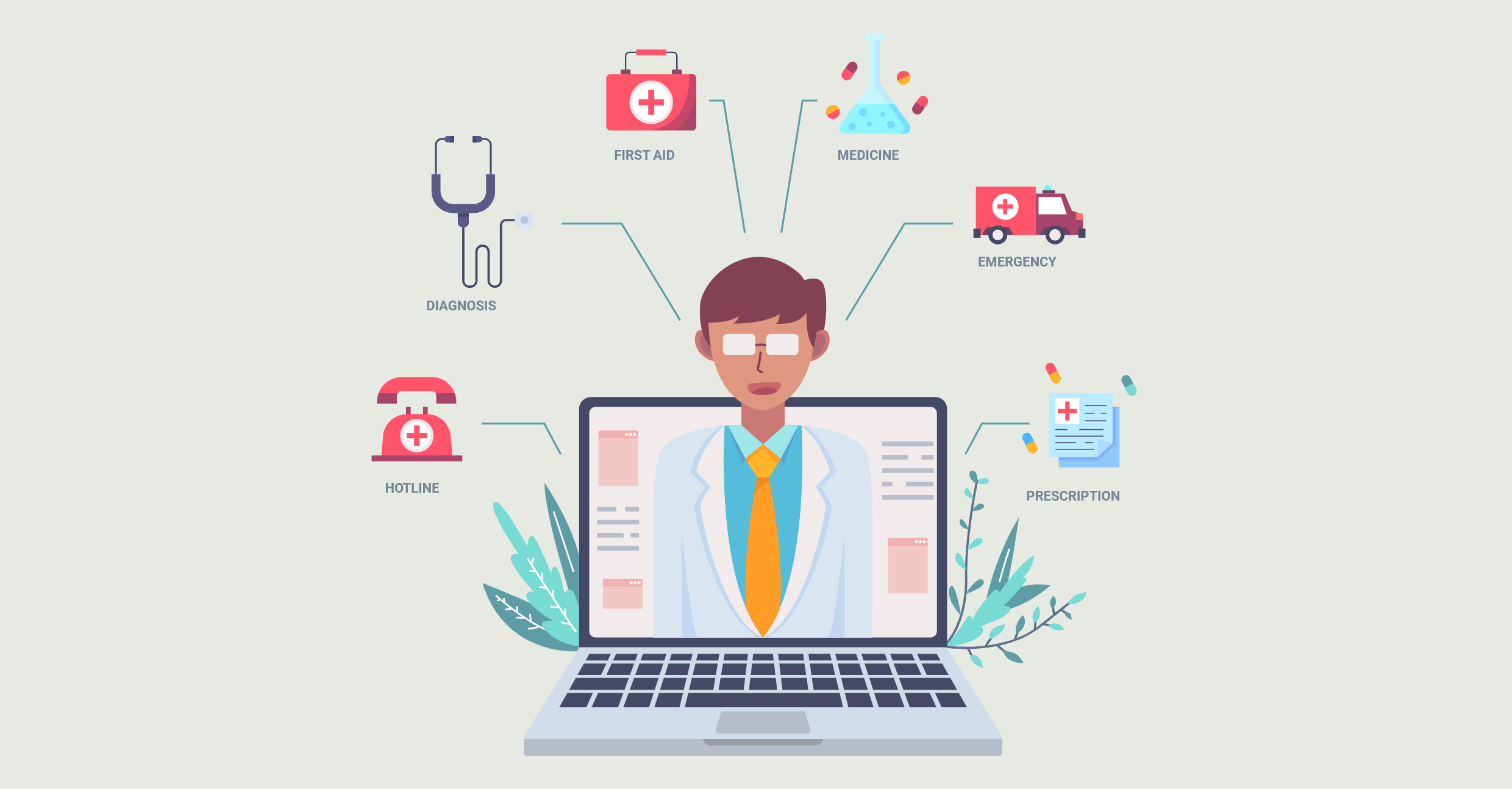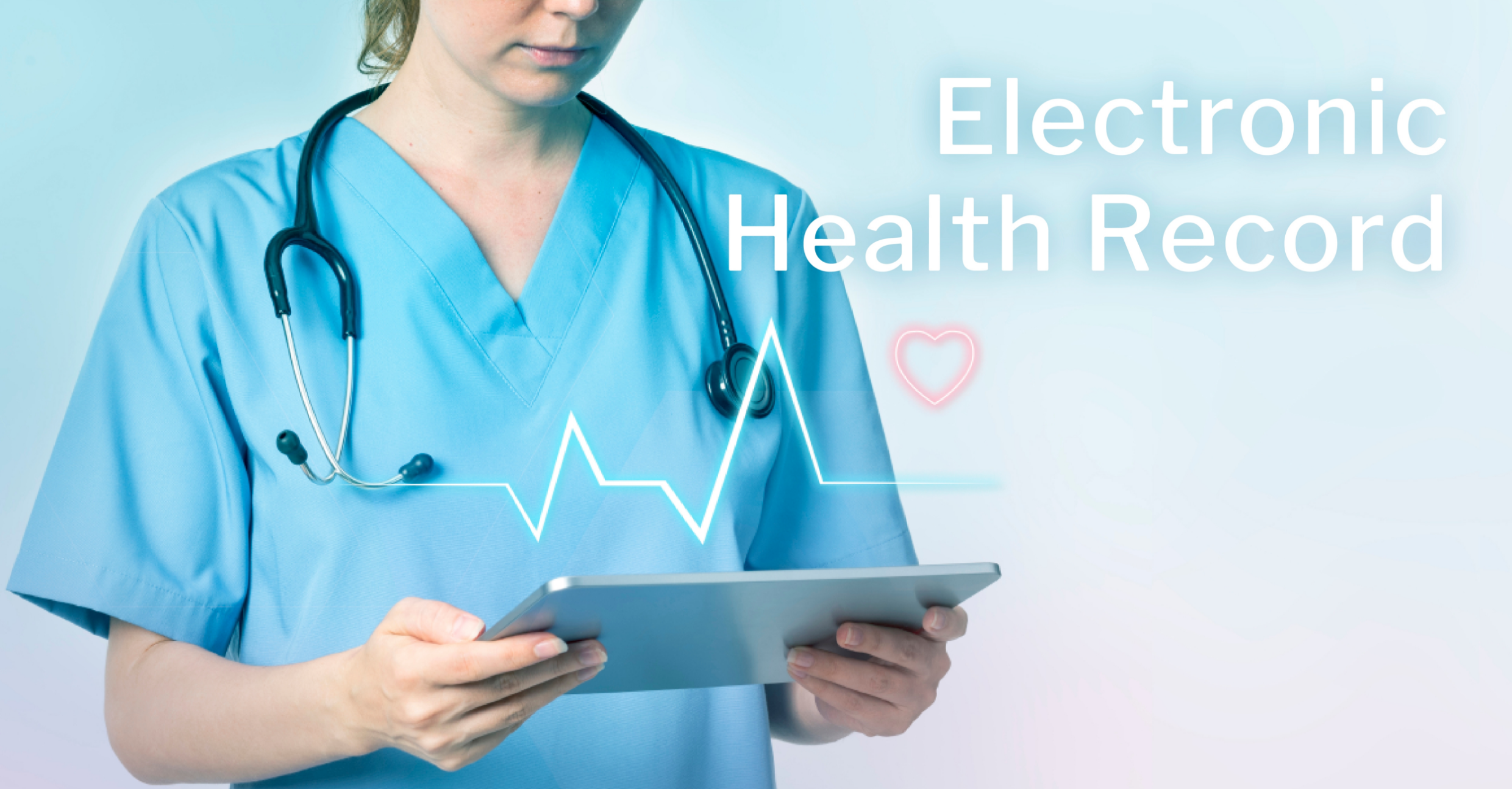Talosnation
Are you tired of long wait times and tedious paperwork at the doctor's office? Patient registration is one of the most critical processes in healthcare, as it sets the tone for the rest of the patient's experience. A smooth and efficient registration process can make a significant difference in the patient's overall satisfaction with the healthcare provider. However, traditionally, patient registration can be a time-consuming and tedious process that involves collecting patient information, verifying insurance coverage, and scheduling appointments. This process can be even more challenging for healthcare providers who are dealing with a high volume of patients.
Patient registration, thankfully, may be converted into a seamless and efficient process with the use of Robotic Process Automation (RPA). TalosNation's RPA technology can automate repetitive operations like data input and appointment scheduling, resulting in shorter wait times and more data accuracy. RPA technology can improve patient satisfaction by expediting the registration process and making patients feel valued and cared for.
This blog post explores the benefits of RPA in automating patient registration and improving healthcare operations. Learn how RPA technology can reduce wait times, enhance data accuracy, and save costs. Discover the deployment process and areas for automation, including appointment scheduling and insurance verification. With TalosNation's RPA solutions, healthcare organizations can increase patient satisfaction and staff productivity, leading to better healthcare outcomes.
Benefits of Automating Patient Registration with RPA

Are you looking to improve your healthcare organization's patient experience and operational efficiency? Automating patient registration with RPA can be a game-changer. Here are some of the key benefits of implementing RPA solutions in patient registration with TalosNation:
- Reduced wait times:
Traditional patient registration processes can be time-consuming and inefficient, resulting in long wait times for patients. By automating these processes with RPA, healthcare organizations can significantly reduce wait times and streamline the patient registration process. RPA can automate data entry, verification, and other repetitive tasks that often cause delays. This automation can help healthcare providers to deliver care faster, which ultimately leads to improved patient outcomes and increased patient satisfaction.
- Improved data accuracy:
Inaccurate patient data can have serious consequences in healthcare settings, leading to medical errors and other adverse outcomes. By automating data entry with RPA, healthcare organizations can reduce the risk of human error and ensure that patient data is up-to-date and accurate. RPA can perform real-time data validation and verification to ensure that all patient data is complete and accurate, which can improve the quality of care and lead to better patient outcomes.
- Enhanced patient experience and satisfaction:
The patient experience is a critical aspect of healthcare delivery. By automating patient registration with RPA, healthcare providers can improve the patient experience and satisfaction. Patients can complete the registration process quickly and easily, without the need for long wait times or manual data entry. This can help to reduce patient anxiety and increase their overall satisfaction with the healthcare experience. By improving patient satisfaction, healthcare providers can enhance their reputation and attract more patients to their practice.
- Increased staff productivity and efficiency:
Manual data entry and verification can be a time-consuming and tedious process for administrative staff. By automating these tasks with RPA, healthcare organizations can free up staff time and increase their productivity and efficiency. This can allow staff to focus on other critical tasks, such as patient care and engagement, which can ultimately improve the quality of care and patient outcomes.
- Cost savings:
RPA can help healthcare organizations reduce costs associated with manual data entry and verification. By automating these tasks, healthcare providers can save time and resources, which can lead to cost savings. RPA can also help to reduce errors, which can lead to additional cost savings by minimizing the need for rework and additional staff time. Additionally, by streamlining the patient registration process, healthcare organizations can reduce administrative overhead costs and improve their bottom line.
- Improved compliance:
Patient registration is a critical part of healthcare compliance, and RPA can help to ensure that organizations are meeting all regulatory requirements. RPA can perform real-time checks and validations to ensure that all patient data is complete and accurate, which can help to prevent compliance issues and avoid fines and penalties.
In addition to these benefits, RPA solutions can also be customized to fit the unique needs and workflows of healthcare organizations. By automating specific tasks and processes, healthcare providers can further improve their operational efficiency and patient experience. RPA can be integrated with other healthcare technologies, such as Electronic Health Records (EHRs), to create a more seamless and efficient healthcare experience for both patients and providers.
Implementing RPA in Healthcare

Implementing RPA in healthcare can be a game-changer for patient registration and overall efficiency. However, it is crucial to approach it with a well-planned strategy. In this section, we will discuss the key steps for implementing RPA in healthcare.
- Identifying areas for automation:
The first step in implementing RPA is to identify areas that can benefit from automation. In the case of patient registration, the registration process, insurance verification, and appointment scheduling are all tasks that can be automated. However, it is important to conduct a thorough analysis of existing workflows and identify bottlenecks that may be slowing down the registration process. By doing so, healthcare organizations can prioritize areas for automation that will have the most significant impact on patient experience and staff efficiency.
- Choosing the right RPA solution for your healthcare organization:
Choosing the right RPA solution for your healthcare organization is crucial for a successful implementation. When selecting an RPA solution, healthcare organizations should consider several factors.
- Ease of use is an essential consideration. The RPA solution should have a user-friendly interface that allows staff with little or no programming experience to create automation workflows easily.
- Scalability is also a crucial factor. The RPA solution should be able to handle increasing volumes of patient data and workflows as the healthcare organization grows.
- Security is another factor that healthcare organizations should consider. The RPA solution should comply with healthcare regulations and ensure that patient data is secure.
- Finally, cost-effectiveness is also a critical factor to consider. The RPA solution should provide a return on investment by reducing manual labor costs.
- Training staff on RPA technology:
Once the RPA solution is chosen, it is important to train staff on how to use the technology effectively. This includes training on how to build and maintain automation workflows as well as how to troubleshoot common issues. By ensuring that staff is well-trained on the technology, healthcare organizations can maximize the benefits of RPA and achieve a more efficient and streamlined patient registration process. It is also important to involve staff in the implementation process and gather feedback on the usability and effectiveness of the RPA solution.
In summary, implementing RPA in healthcare can bring numerous benefits, including improved patient experience, increased efficiency, and cost savings. However, it is important to approach it with a well-planned strategy, including identifying areas for automation, choosing the right RPA solution, and training staff on the technology. By following these steps, healthcare organizations can achieve a successful implementation of RPA in patient registration and beyond. It is better to work with an experienced RPA consultant like TalosNation for a seamless RPA implementation.
Streamlining the 4-steps of the Patient Registration Process with RPA

The implementation of RPA technology can greatly streamline the patient registration process, improving efficiency and reducing wait times. Here are 4 key ways RPA can be used to streamline the patient registration process:
- Automated appointment scheduling:
By using RPA, healthcare providers can automate the scheduling process for patient appointments. This not only saves time for both patients and staff but also reduces the risk of errors and double bookings. Patients can easily schedule appointments online, and receive automatic confirmation emails or text messages, eliminating the need for manual follow-up calls.
- Online patient registration:
RPA can also automate the patient registration process, allowing patients to complete registration forms online from the comfort of their own homes. This saves time and reduces wait times for patients at the clinic or hospital, while also ensuring that all necessary information is captured accurately. The RPA solution can automatically validate patient information and flag any missing data, reducing the burden on staff to manually review and correct patient information.
- Electronic health record (EHR) integration:
Integrating RPA with EHR systems can also help streamline the patient registration process. By automating data entry and validation, RPA can help ensure that patient information is accurately captured and recorded in the EHR system. This saves time for staff and reduces the risk of errors or incomplete information in patient records. Additionally, RPA can help automate the transfer of patient information between different healthcare providers, improving the continuity of care for patients.
- Insurance verification and pre-authorization:
Verifying insurance coverage and obtaining pre-authorization for medical procedures can be time-consuming and burdensome for both patients and staff. RPA can automate the process of verifying insurance coverage and obtaining pre-authorization, reducing wait times for patients and improving staff productivity. By automating these tasks, RPA can also help reduce the risk of errors and denials from insurance providers, ensuring that patients receive the care they need promptly.
To sum it up, implementing RPA technology in healthcare can greatly improve the patient registration process, reducing wait times, improving data accuracy, enhancing patient experience and satisfaction, and increase staff productivity and efficiency. While there may be some challenges in implementing RPA, with careful planning and training, healthcare organizations can successfully integrate RPA technology into their processes, leading to improved patient care and outcomes.
3 more key RPA benefits in Hospital Management

Hospitals can benefit greatly from the implementation of RPA technology in various aspects of their management. In this section, we will explore 3 ways RPA can streamline hospital management processes and lead to better patient outcomes.
- Improving patient flow and capacity management:
One of the most critical challenges faced by hospitals is managing patient flow and bed capacity. With RPA, hospitals can automate processes such as patient admission, discharge, and transfer, allowing staff to focus on more complex tasks. RPA can also help with real-time tracking of patient occupancy and utilization of resources, allowing hospitals to optimize bed capacity and avoid over or underutilization of resources.
- Reducing the administrative burden on staff:
The administrative burden on hospital staff is significant, and RPA can help to alleviate some of that burden. With RPA, hospitals can automate processes such as patient data entry, appointment scheduling, and billing, freeing up staff time for more important tasks such as patient care. RPA can also help reduce errors and improve data accuracy, leading to better patient outcomes.
- Enhancing inventory management and supply chain:
Managing hospital inventory and supply chain is a complex task that requires significant staff time and effort. RPA can help automate processes such as inventory tracking, ordering, and management, allowing hospitals to optimize their inventory levels and reduce waste. RPA can also help to ensure that critical supplies and equipment are always available when needed, reducing the risk of delays or disruptions in patient care.
Ultimately, RPA has the potential to revolutionize healthcare operations by automating routine tasks, reducing errors, improving data accuracy, and freeing up staff time for more important tasks such as patient care. By implementing RPA in patient registration and hospital management processes, healthcare organizations can provide a better patient experience, reduce costs, and improve overall efficiency. As the healthcare industry continues to evolve, it is clear that RPA will play an increasingly important role in shaping the future of healthcare operations.
Enhancing Healthcare Operation with RPA

As healthcare organizations continue to evolve, there is a growing need to streamline operations and maximize efficiency while maintaining high standards of care. Robotic process automation (RPA) can play a crucial role in achieving these goals by automating repetitive, manual tasks and allowing staff to focus on more complex and critical aspects of their roles. RPA can revolutionize healthcare operations by automating manual tasks and reducing administrative burdens on staff while improving the overall quality of care. Medical billing and claims processing, managing patient data and electronic health records (EHRs), and optimizing laboratory processes are just a few areas where RPA can have a significant impact. It saves time and money, reduces the risk of errors, and improves patient satisfaction. However, it's crucial to choose the right RPA solution and ensure staff is trained properly. With the right approach, RPA can enhance healthcare operations and deliver better outcomes for patients. Explore how TalosNation can help your organization streamline its operations with RPA.
AI in Healthcare Administration

The potential for artificial intelligence (AI) in healthcare administration is vast. With the ability to analyze large amounts of data quickly and accurately, AI can help healthcare organizations make better-informed decisions and improve patient outcomes. Future developments in AI technology are likely to focus on predictive analytics, personalized medicine, and remote patient monitoring. As the healthcare industry continues to evolve, it will be important for organizations to stay up-to-date with the latest AI trends and advancements to ensure they are delivering the best possible care to their patients.
Digital Transformation in Healthcare

Digital transformation has revolutionized healthcare delivery, providing remote care through telemedicine, enhancing patient engagement, and improving patient outcomes while reducing costs. During the COVID-19 pandemic, telemedicine has been vital in ensuring patients receive medical care while avoiding exposure. Patient portals and electronic health records (EHRs) enable easy access to patient information and communication between providers. Embracing digital solutions will be essential in driving innovation and improving patient care, ensuring healthcare organizations are positioned for success in the future.
Conclusion

In conclusion, RPA technology can significantly transform patient registration processes in healthcare organizations by automating tasks such as appointment scheduling, data entry, and insurance verification. The benefits of RPA extend beyond patient registration to other areas of healthcare administration, such as medical billing and laboratory processes. Reduced wait times, improved data accuracy, enhanced patient experience, and satisfaction, increased staff productivity and efficiency, and cost savings are just some of the advantages that healthcare organizations can achieve with RPA technology. As digital transformation continues to shape the healthcare industry, RPA solutions will become increasingly important. Therefore, we encourage healthcare organizations to explore the benefits of RPA and consider implementing this technology to streamline their operations and enhance the patient experience.
Ready to streamline your healthcare organization's operations and enhance the patient experience with RPA? Contact TalosNation today to learn how our expert team can help you implement and optimize RPA solutions tailored to your unique needs.
